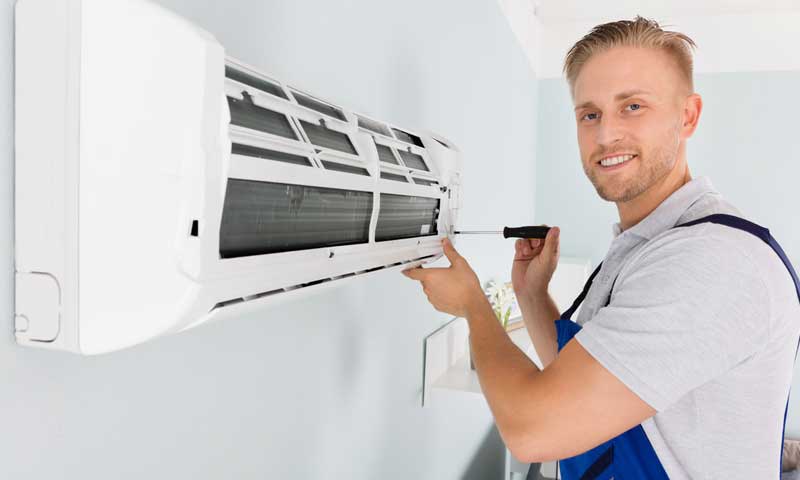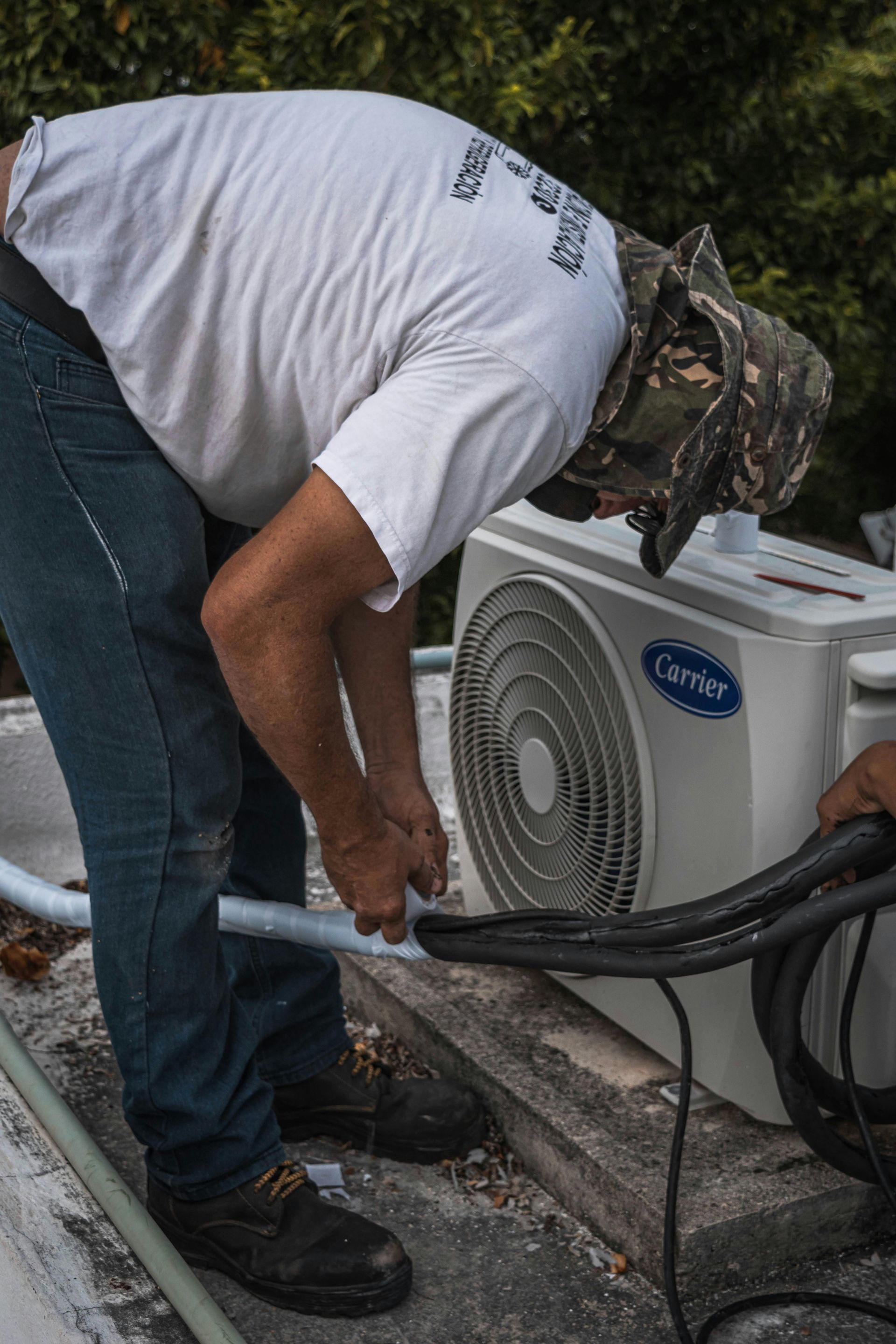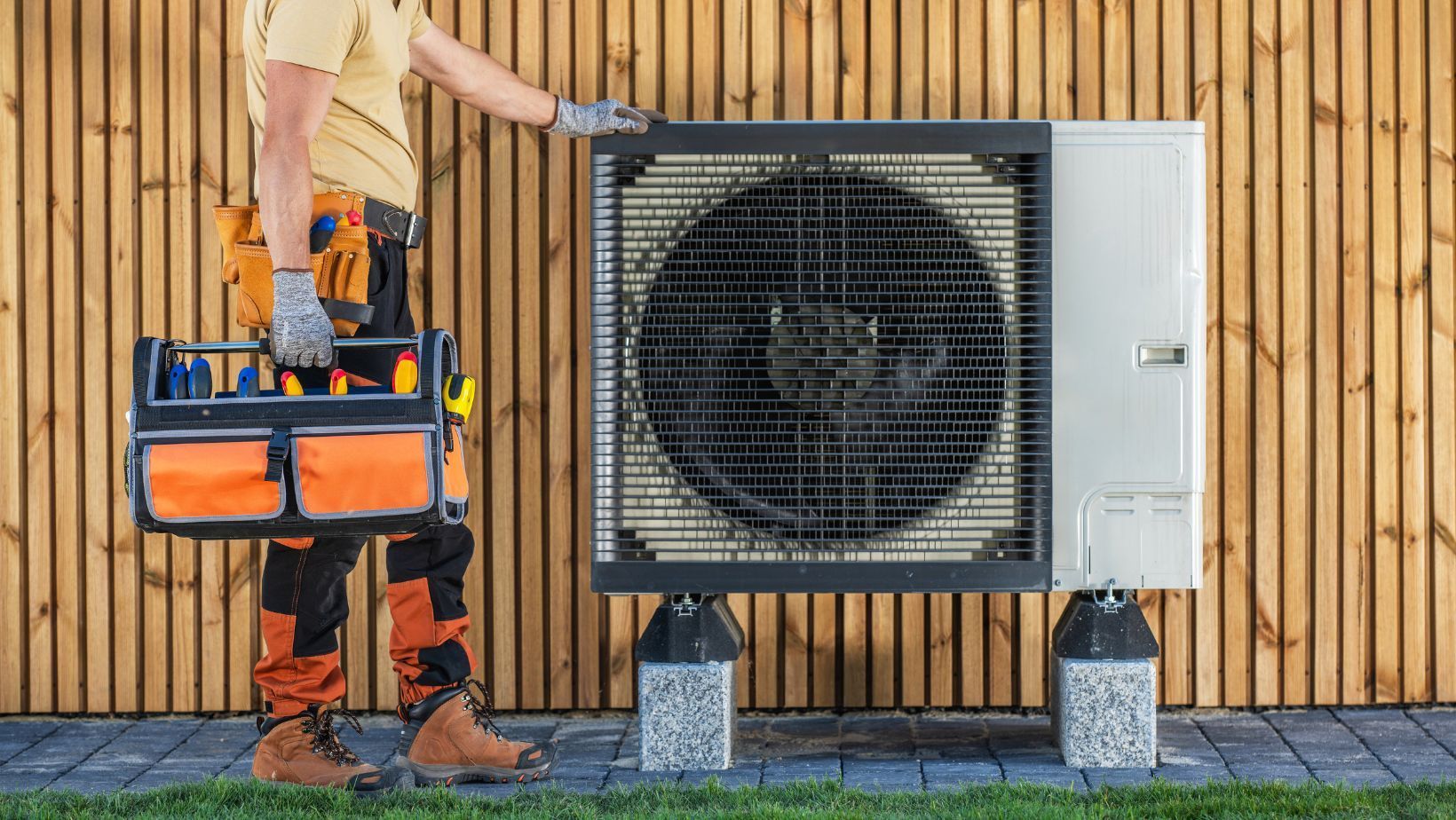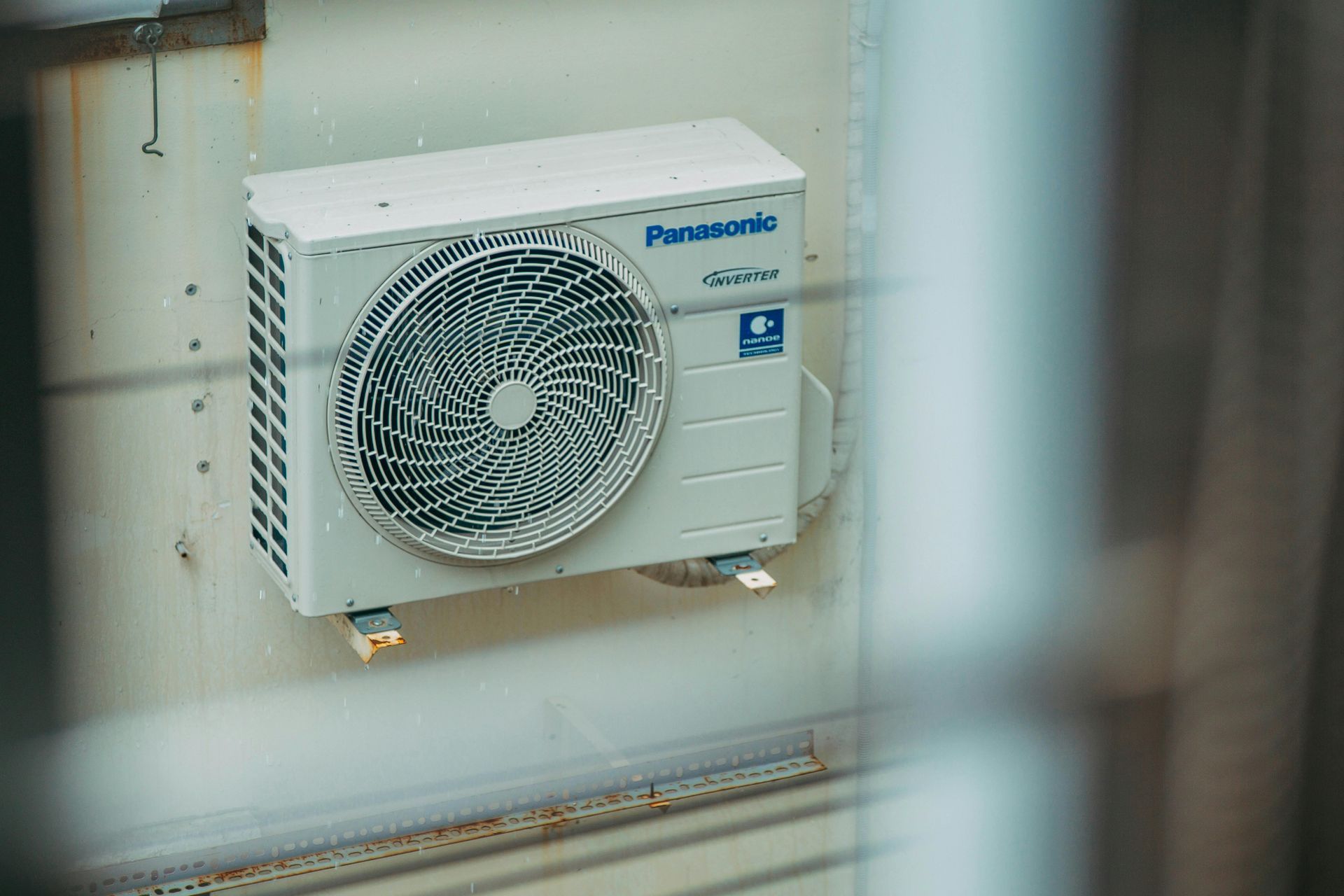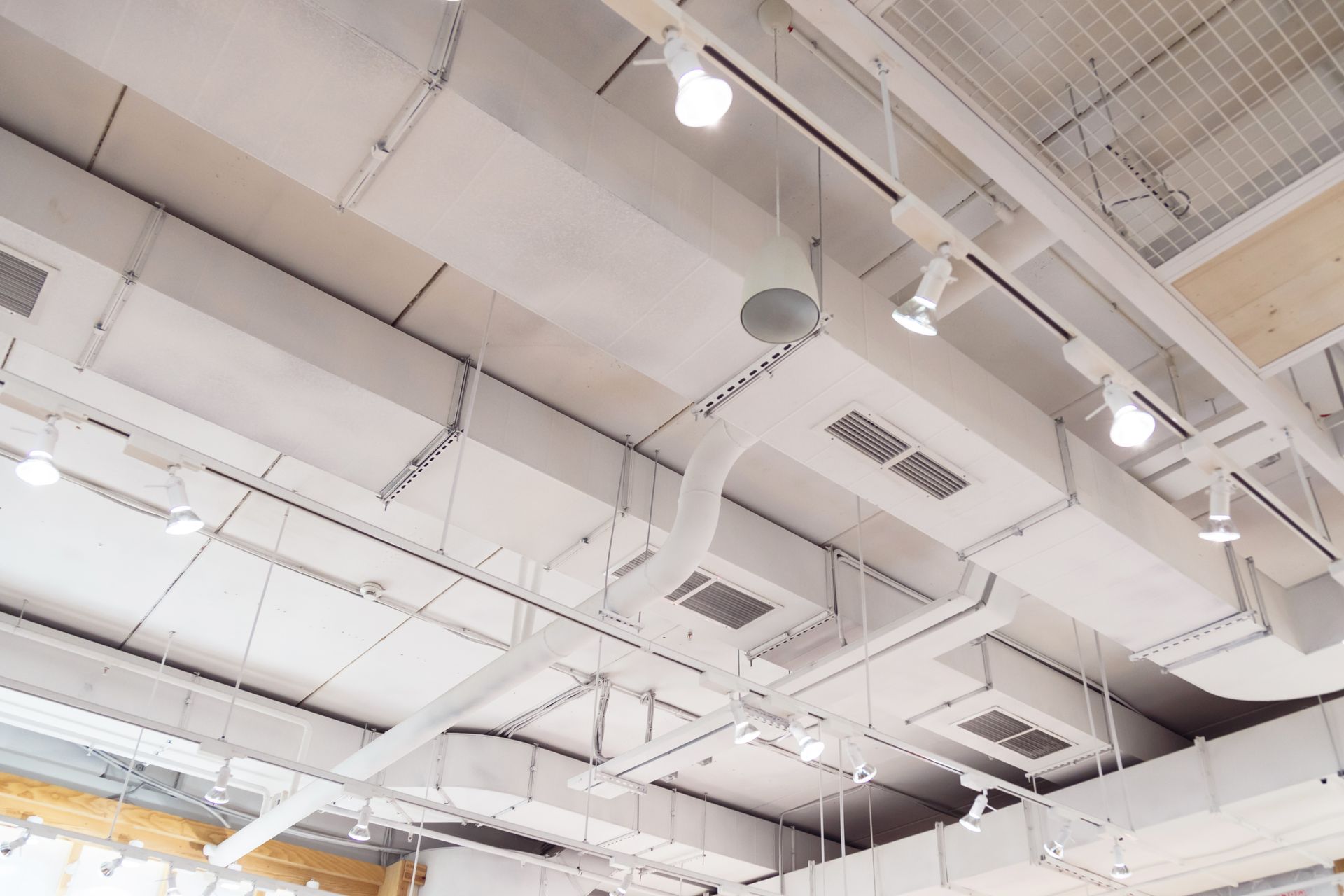Understanding How HVAC Works in London Ontario's Weather
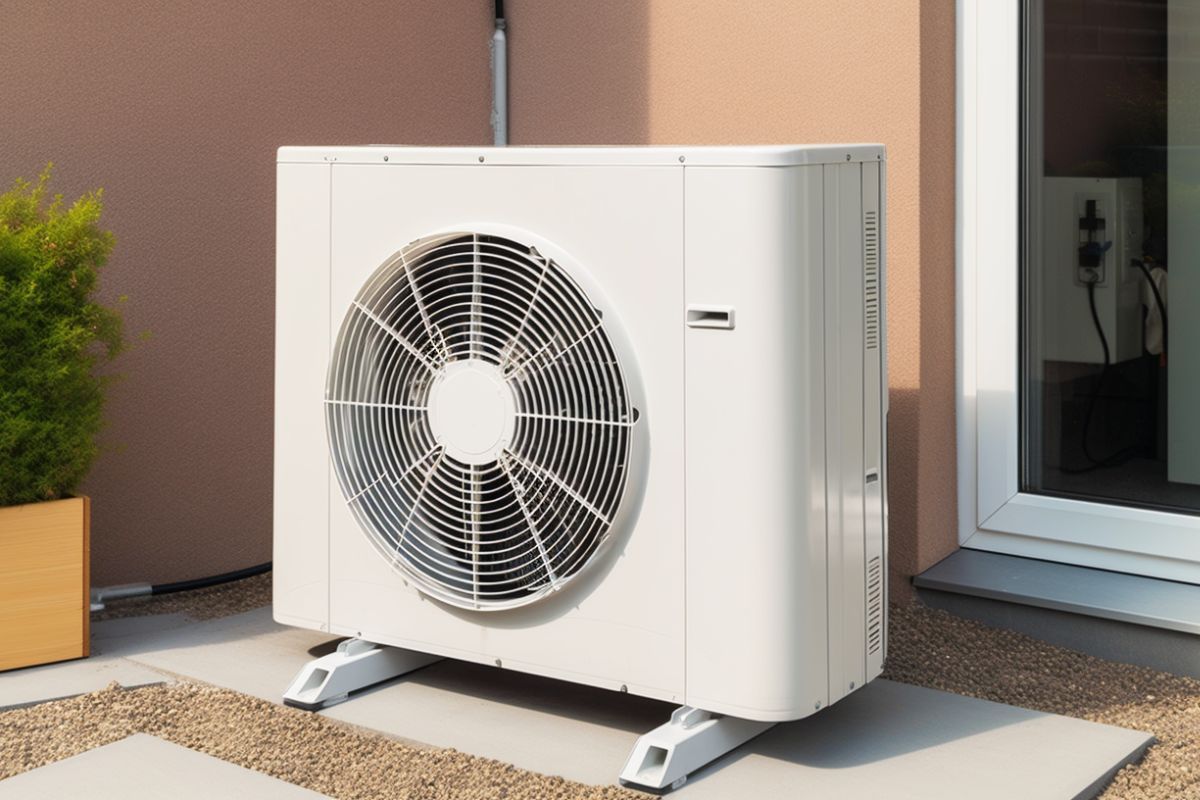
If you’ve ever wondered why your house stays cool in July and cozy in January, you have your HVAC system to thank. But what exactly makes it all run smoothly—especially in a place like London, Ontario, where temperatures can swing 40°C across seasons? HVAC stands for Heating, Ventilation, and Air Conditioning. It's the technology that keeps indoor environments stable despite outdoor fluctuations. In this blog, we'll explore how HVAC works, what components are involved, and why understanding your system matters more in regions with drastic weather changes like ours.
By the end, you’ll be equipped with the knowledge to make smart decisions about maintenance, upgrades, and service providers—and know why local expertise, like that offered by Carver Sheet Metal, makes all the difference.
Key Takeaways
- HVAC systems regulate heating, cooling, and airflow in your home.
- London, Ontario’s climate demands year-round HVAC performance.
- Understanding how HVAC works can help you identify problems early.
- Professional installation and servicing are key to system longevity.
- Carver Sheet Metal offers local HVAC expertise to London-area homeowners.
Overview
In a city like London, Ontario—where summer heat can soar and winter brings biting cold—your HVAC system isn’t just a convenience, it’s a necessity. But for many homeowners, the question remains: how HVAC works and why it’s so essential for year-round comfort. This guide breaks it all down: the components, the science, and the importance of regular maintenance tailored to our local climate.
How HVAC Systems Work: Explained Simply
At its core, an HVAC system moves air to control temperature and air quality inside your home. It draws in outside air, filters and conditions it (either heats or cools it), and circulates it through your living space.
Key Components of an HVAC System
- Furnace: Produces warm air by burning fuel or using electric heat.
- Air Conditioner: Extracts heat from your indoor air and releases it outside.
- Ductwork: Distributes air throughout your home via supply and return vents.
- Thermostat: Monitors and adjusts indoor temperature settings.
- Blower Motor: Moves conditioned air through the ducts.
- Filters: Remove dust, allergens, and other airborne particles.
Each part works in tandem to adapt to your home’s needs—especially important in a climate that shifts from humid summers to snowy winters.
How HVAC Systems Handle London, Ontario’s Climate
London’s weather ranges from -20°C in winter to over 30°C in the summer. That means your HVAC system is constantly working to balance indoor temperatures and humidity.
- Winter: Your furnace runs frequently to maintain warmth, often supported by humidifiers to combat dry indoor air.
- Spring: Systems toggle between heating and cooling. Air quality features like filters and UV lights become important as allergens rise.
- Summer: Central AC units remove both heat and humidity from the air, making your home more comfortable.
- Fall: Systems gear up for winter again—this is prime time for inspections and maintenance.
Knowing how HVAC works through these seasonal shifts can help you understand your energy usage and identify signs that your system might be struggling.
Energy Efficiency and System Performance
Modern HVAC systems are built with energy efficiency in mind—but only when installed and maintained properly. Factors affecting performance include:
- SEER Ratings (Seasonal Energy Efficiency Ratio): Higher ratings mean more efficiency.
- Proper Sizing: An oversized unit can cause short cycling, while an undersized one won’t heat or cool effectively.
- Duct Design: Poorly sealed or misrouted ducts can result in airflow loss.
A professionally installed HVAC system that’s matched to your home’s size and usage will perform better—and cost you less to operate.
The Importance of Ventilation
Ventilation is the “V” in HVAC—and one of the most overlooked. Good airflow ensures indoor air remains fresh and reduces the concentration of pollutants. In homes that are sealed for energy efficiency, this becomes especially important.
Common ventilation features include:
- Heat recovery ventilators (HRVs)
- Exhaust fans in kitchens and bathrooms
- Air purifiers and advanced filtration systems
Understanding how HVAC works means realizing it’s not just about hot or cold—it’s about air quality too.
Why DIY HVAC Work Isn’t Worth the Risk
It might be tempting to try adjusting or fixing HVAC components yourself. But HVAC systems involve electrical wiring, gas lines, refrigerants, and pressurized equipment. Mistakes can lead to:
- Fire hazards
- Gas leaks
- Voided warranties
- Poor performance and high energy bills
Professional technicians have the training and tools to diagnose and repair systems safely. When your comfort—and safety—is on the line, it’s worth calling the pros.
For reliable HVAC service near London, Ontario, homeowners turn to Carver Sheet Metal visit at 176 Rectory St, London, ON N5Z 2A5, Canada and call 519-686-1545. With years of hands-on experience in local installations, repairs, and maintenance, they understand how HVAC works in real homes—and real weather.
FAQs
Q: How often should HVAC filters be changed?
A: Every 1–3 months, depending on your system, pets, and local air quality.
Q: What’s the lifespan of a typical HVAC system?
A: About 15–20 years with regular maintenance.
Q: Can HVAC systems help with humidity control?
A: Yes—especially in summer. Systems remove moisture, and dehumidifiers can be added.
Q: Is it worth upgrading to a smart thermostat?
A: Definitely. Smart thermostats optimize energy use and provide remote control.
Q: What are signs my HVAC system needs service?
A: Unusual noises, uneven temps, rising energy bills, or reduced airflow.
Conclusion
Understanding how HVAC works isn’t just helpful—it’s empowering. It allows you to recognize signs of trouble early, ask the right questions when choosing a contractor, and make smart decisions that affect your comfort and wallet.
If you live near London, Ontario and want peace of mind with your heating and cooling, don’t guess—go with professionals who know the climate and the technology inside out.
